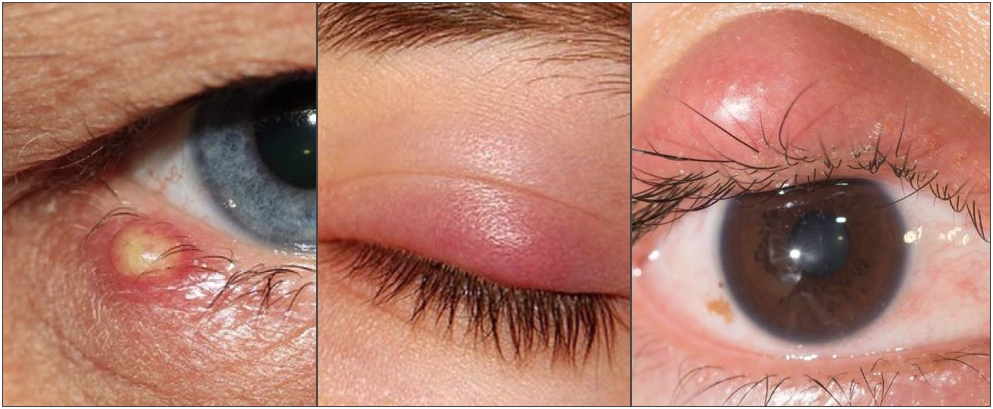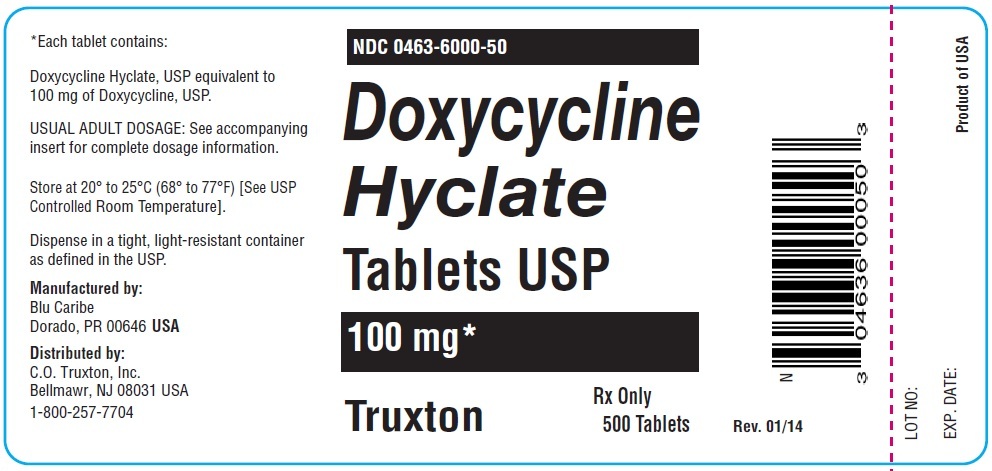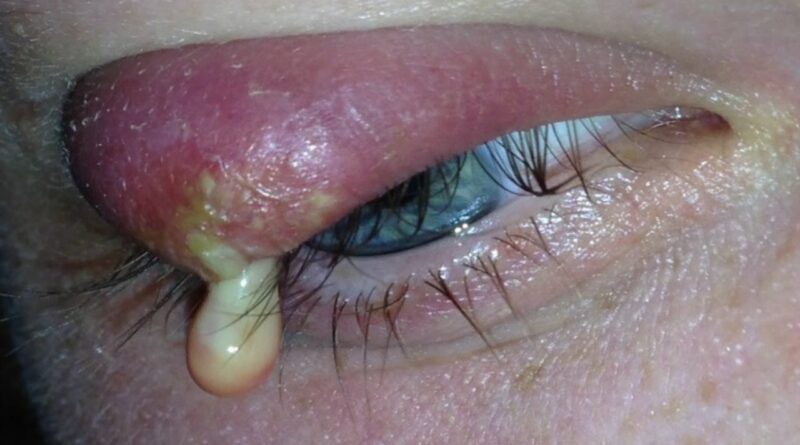How to Get Rid of a Stye
People consider the phrase “how to get rid of a stye” to be controversial. Old-timers suggest pissing in your eye to get rid of a stye while millennials propose rubbing a gold ring on your eyelid, none of which is based on principles of science or clinical research. Just old wives’ tales passed down by older females to a younger generation.
The good news: You don’t have to piss in your eye to get rid of a stye. Take oral doxycycline instead. Treatment with doxycycline can get rid of an unsightly stye during the course of a night depending on its stage of development. Keep reading to learn more on how to get rid of a stye fast.
[toc]
Stye overview?
Stye, medical term Hordeolum, is an inflamed swelling on the edge of an eyelid, most often caused by a bacterial infection of the gland at the base of an eyelash.
There are two types of styes, external stye and internal stye. An external stye is a red, painful swelling that develops on the outside edge of the eyelid or area surrounding the eyelashes. An external stye looks much like a pimple or whitehead.
An internal stye is deep-rooted and does not surface on the exterior of the eyelid. They produce a considerable amount of eyelid swelling, pain, and typically last longer than external styes, see image below.

A chalazion should not be confused with a stye, but they are often the result of an unhealed stye that didn’t burst and expel pus or the accumulated matter, which is often a yellowish liquid consisting of bacteria, dead white blood cells and tissue debris.
How does a stye form?
Styes emerge when bacteria, such as staphylococcus, enters an eyelid oil gland and begins to multiply. Cells within the gland become damaged as the bacteria increases in number, as a result the gland becomes blocked, and signs and symptoms of a stye appear.
Styes form more often in people who suffer from blepharitis, meibomian gland dysfunction (MGD), amongst other reasons. This occurs as a result of inadequate gland secretion. Insufficient secretion hinders the gland’s ability to wash away bacteria that enters it, resulting in frequent styes.
It should be noted, the primary bacteria responsible for causing styes is naturally resistant to antibiotics, thus physicians don’t typically prescribe antibiotic treatment to get rid of a stye.
Is a stye contagious?
Styes are usually not contagious. In other words, they do not spread from one eye to another or from one person to another. This myth is widely held because it’s common for a person to develop multiple internal styes or styes that occur again or repeatedly, weekly or monthly.
Internal styes that occur frequently or over and over again, whether it be in the same eye or both eyes, can be signs of an underlying condition, such as hormonal changes, environmental conditions, medication or disease associated with gland dysfunction.
To make a long story short, if glands are dysfunctional in one eye, there’s a good chance the glands are not operating normally in both eyes. Hence, a person develops styes in both eyes or regularly in the same eye, it’s not an infectious condition.
Doxycycline hyclate

There is a stye medicine that can get rid of a stye and prevent new styes from forming. The name of the medicine is Doxycycline Hyclate. The medicine is a broad-spectrum antibiotic, which has a long half-life.
Doxycycline doesn’t destroy the bacteria that cause styes, instead it has an interesting side effect. Oral doxycycline therapy works to restore the lipid properties of the meibomian gland secretion towards normal and restores tear film stability.
As a result, doxycycline is effective in improving foreign body sensation and the signs of gland plugging and secretion, and does so in a short time. It enables the gland to work better than normal, improves secretion and halts plugging, thus preventing progression.
Who should use doxycycline?
Doxycycline should not be used to treat an external stye as it will usually heal on its own over the course of a few days. Instead, treat an external stye by applying a warm washcloth several times per day.
Doxycycline is best used for treating patients who suffer from recurrent or multiple internal styes. It’s suggested to always have doxycycline hyclate on hand for those who suffer from periodic or regular internal eye styes. The drug will not get rid of a chalazion.
When to administer doxycycline?
Doxycycline is most effective at getting rid of a sty during infancy stages, before the eyelid begins to swell. If treatment is postponed, acute blockage occurs, making it more difficult for the accumulated matter to breakup and wash away.
Generally, the first signs and symptoms of a stye are noticed when blinking or when rubbing the eyelid, whereas a stinging sensation is felt. Within 24 to 48 hours after first symptoms become noticeable, the eyelid begins to swell. It’s best to take the medication before swelling occurs.
Doxycycline hyclate dosage
Doxycycline hyclate dosage is calculated based on body weight, so the size and frequency of the dose should be determined by a physician.
As an example, a 200 lb. man might be prescribed 100 mg tablets, whereas a 100 lb. woman might be advised to take less. It should be noted that unwanted side effects are associated with doxycycline.
As reports have it, most who use doxycycline to rid themselves of a stye, administer the drug 2 times per day for the first 3 days, then once daily until symptoms are gone (about 5 days).
Summary
Doxycycline hyclate wouldn’t be practical for someone who suffers from an external stye, as this type of stye typically dissipates within a few days.
However, internal styes are much more severe and often result in a chalazion, an unsightly bump that last for a few weeks or more than a year. And in many cases, requires costly surgery to rid oneself of the chalazion.
The good news: Doxycycline can get rid of a stye fast when treatment is introduced straightaway i.e. before the eyelid swells. It halts the progression and all symptoms associated with it, such as swelling, redness, infection and pain.
References
1) Foulks, Gary N, et al. “Topical Azithromycin and Oral Doxycycline Therapy of Meibomian Gland Dysfunction: A Comparative Clinical and Spectroscopic Pilot Study.” Cornea, U.S. National Library of Medicine, Jan. 2013, www.ncbi.nlm.nih.gov/pmc/articles/PMC4138220/.
2) “Symptoms – Causes – Prevention of Eye Sty.” Stye Treatment, https://www.styestreatment.com/.
3) “Stye.” Wikipedia, Wikimedia Foundation, 15 Nov. 2017, https://en.wikipedia.org/wiki/Stye.
| Editor’s Note: This article was submitted by a contributor via our free online publishing platform. The information expressed in this write-up are the author’s own and do not reflect the view of the PayPerVids publishing platform. |




